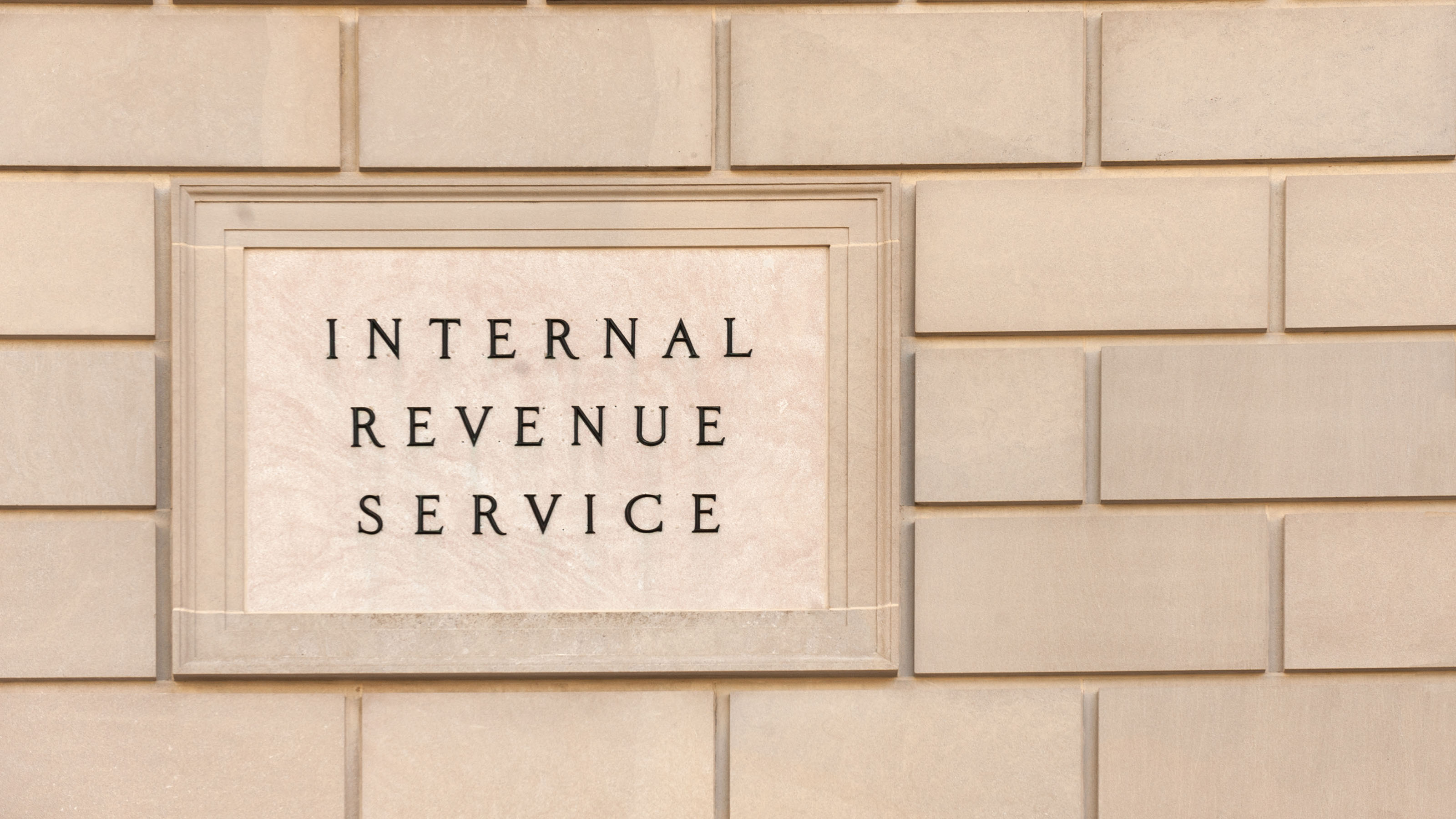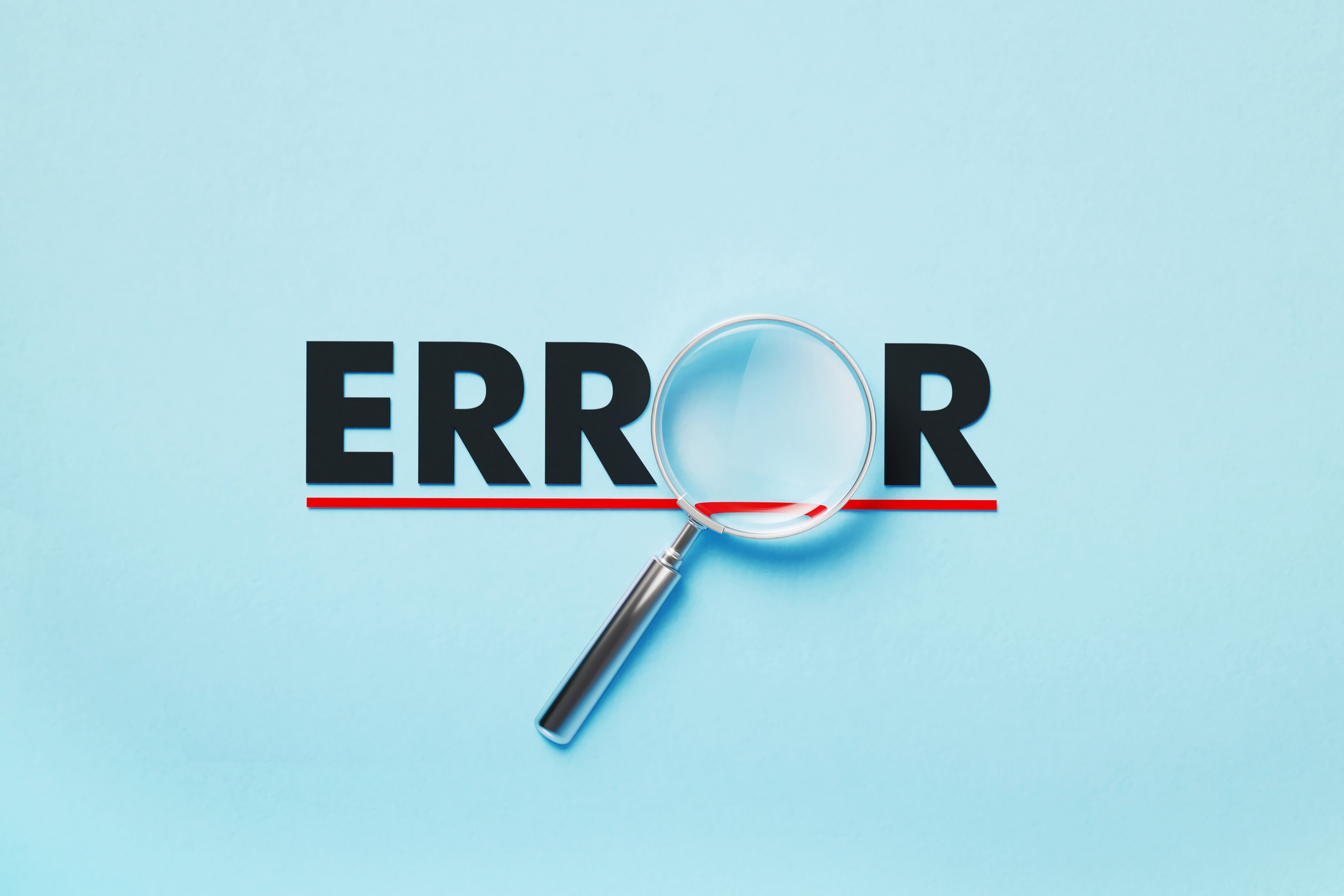IRS Processing Improvements Could Bring Faster Tax Refunds
An IRS paperless processing initiative and other service and technology improvements mean taxpayers could see faster tax refunds next year and beyond.


Can you expect faster tax refunds in the future? Recent customer service improvements and technology upgrades, including an accelerated IRS paper processing initiative, signal a new “normal” at the agency — where people will receive their federal tax refunds sooner than in the past.
The funding for the IRS improvements, some of which recently helped the agency clear a pandemic backlog of over 23 million unprocessed tax returns, have come thanks to the Inflation Reduction Act (IRA). The IRA initially allocated $80 billion in funding for the IRS over ten years. And although some of those funds have been clawed back in recent legislation, the agency has a detailed plan for using the funds.
Some taxpayers already saw the benefits of IRS service improvements during the 2023 filing season. In an annual report to Congress, The National Taxpayer Advocate's office points to “quicker refunds for millions of taxpayers.”

Sign up for Kiplinger’s Free E-Newsletters
Profit and prosper with the best of expert advice on investing, taxes, retirement, personal finance and more - straight to your e-mail.
Profit and prosper with the best of expert advice - straight to your e-mail.
Additionally, IRS Commissioner Danny Werfel said in a statement, that the IRS has “dramatically improved phone service thanks to more staff," Werfel added, "More walk-in services are available across the country. New digital tools have been added. And these are just the first steps."
IRS Paperless Processing Initiative
Most recently, the IRS announced an acceleration of its "paperless processing initiative," which will "expedite refunds by several weeks," according to the agency. Going paperless will make the tax season more convenient for taxpayers by allowing them to respond to more notices online. Paperless processing will also eliminate the need for IRS staff to manually enter taxpayer information.
- The IRS plans for taxpayers to be able to "digitally submit all correspondence, non-tax forms, and responses to notices" for the 2024 filing season.
- For the 2025 filing season, the IRS estimates an additional 150 forms will be mobile friendly.
- The IRS also plans to digitize up to 1 billion historical documents for the 2025 filing season. This will allow taxpayers to access their data and is estimated to save the IRS roughly $40 million per year in storage costs.
New IRS Agents and Faster Tax Refunds
IRS service improvements are also important. As of February 2023, approximately 23.5 million unprocessed tax returns had piled up in part due to the COVID-19 pandemic. That backlog of unprocessed returns caused millions of refund delays. (In some cases, it took years for refunds to hit people's bank accounts). However, the IRS previously announced that it cleared that backlog and did so at a faster-than-average rate.
In recent years, the IRS hasn’t had enough staff to work through the unprocessed paper returns or answer taxpayer calls in a timely manner. Since then, the IRS has hired 5,000 new representatives to answer customer calls.
- According to the Treasury Department's 2023 Filing season report card, the IRS effectively cut hold times this year by 85%.
- Prior to the new staffing, average call hold times during tax season were 27 minutes.
- Hold times are now only four minutes, meaning that many taxpayers can respond to IRS notices and resolve processing delays faster.
More IRS.gov Tools
Increased IRS funding has allowed the IRS to expand the use of digital scanning. The agency hopes that continued advancements in scanning, and other planned technology upgrades, lead to even faster processing times for paper returns and tax refunds.
The IRS also wants to expand its Document Upload Tool, so you can respond to more types of IRS notices online. Contacting the IRS is also more convenient with a new callback feature. The feature allows you to choose a prompt for the agency to call you back instead of waiting on hold.
The IRS's $80 billion spending plan includes hiring 20,000 more employees over the next two years. That additional staffing, including highly trained IRS agents, could mean more representatives available to answer phones, review, and audit tax returns. That could result in even shorter call waiting times, faster tax refund processing, and possibly more audits for large corporations and wealthy taxpayers.
Where’s Your Refund?
And, if you’re wondering about the status of your federal tax refund for this year, you can use the Where’s My Refund portal, which is available on the IRS website. Although the average tax refund is lower this year compared to last, it is still $2,878 (as of April 7).
Get Kiplinger Today newsletter — free
Profit and prosper with the best of Kiplinger's advice on investing, taxes, retirement, personal finance and much more. Delivered daily. Enter your email in the box and click Sign Me Up.

Katelyn has more than 6 years of experience working in tax and finance. While she specialized in tax content while working at Kiplinger from 2023 to 2024, Katelyn has also written for digital publications on topics including insurance, retirement, and financial planning and had financial advice commissioned by national print publications. She believes knowledge is the key to success and enjoys providing content that educates and informs.
-
 Stock Market Today: Stocks Surge to Close a Volatile Week
Stock Market Today: Stocks Surge to Close a Volatile WeekIt was another day with a week's worth of both news and price action, but it ended on a strongly positive note.
By David Dittman Published
-
 Which Stocks Stayed Green as the Market Plummeted?
Which Stocks Stayed Green as the Market Plummeted?Only a handful of S&P 500 stocks managed to generate gains during the market's historic four-day plunge.
By Dan Burrows Published
-
 Ask the Editor: Taxes, April 11, 2025
Ask the Editor: Taxes, April 11, 2025Ask the Editor In our Ask the Editor series, Joy Taylor, The Kiplinger Tax Letter Editor, answers questions related to IRAs and other retirement accounts.
By Joy Taylor Published
-
 Free IRS Tax Filing for 30 Million People: Will It Continue Under Trump?
Free IRS Tax Filing for 30 Million People: Will It Continue Under Trump?Tax Filing Direct File was piloted last year in 12 states and has since expanded to 25. But some wonder whether the program will last under the Trump administration.
By Gabriella Cruz-Martínez Last updated
-
 Taxpayer Revolt? Why More People Are Avoiding Filing Taxes This Year
Taxpayer Revolt? Why More People Are Avoiding Filing Taxes This YearTax Season It may be tempting to skip filing due to the overwhelmed IRS, but doing so could have financial and legal consequences.
By Kelley R. Taylor Last updated
-
 U.S. Treasury to Eliminate Paper Checks: What It Means for Tax Refunds, Social Security
U.S. Treasury to Eliminate Paper Checks: What It Means for Tax Refunds, Social SecurityTreasury President Trump signed an executive order forcing the federal government to phase out paper check disbursements by the fall.
By Gabriella Cruz-Martínez Published
-
 IRS Layoffs Spark Delays, Doubt This Tax Season
IRS Layoffs Spark Delays, Doubt This Tax SeasonTax Season Tax experts say Trump’s downsizing of the IRS is already causing problems.
By Gabriella Cruz-Martínez Last updated
-
 DOGE Gains More Grip on IRS Amid Leadership Reshuffle
DOGE Gains More Grip on IRS Amid Leadership ReshuffleIRS The IRS acting chief counsel was recently removed from his role, adding to the chaos at the federal tax agency. Here’s what it means for you.
By Gabriella Cruz-Martínez Published
-
 Trump’s Latest Pitch: No Taxes If You Earn Less Than $150K?
Trump’s Latest Pitch: No Taxes If You Earn Less Than $150K?Taxes The Trump administration reportedly wants to eliminate taxes for certain earners.
By Gabriella Cruz-Martínez Last updated
-
 Don’t Make These Five Mistakes on Your Tax Return
Don’t Make These Five Mistakes on Your Tax ReturnTax Filing The IRS warns taxpayers to watch out for these common errors as they prepare to file.
By Gabriella Cruz-Martínez Published